I'm trying to plot a 3D Decision Boundary, but it does not seem to be working the way it looks, see how it is:
I want it to appear as in this example here:
I do not know how to explain, but in the example above it literally looks like a "wall". And this is what I want to do in my code.
Then follow my code:
fig = plt.figure()
ax = fig.add_subplot(111, projection='3d')
ax.set_title('Hello World')
ax.set_xlim(-1, 1)
ax.set_ylim(-1, 1)
ax.set_zlim(-1, 1)
ax.set_xlabel('X')
ax.set_ylabel('Y')
ax.set_zlabel('Z')
w = [3,2,1]
x = 1
y = 1
z = 1
x_plan = (- w[1] * y - w[2] * z) / w[0]
y_plan = (- w[0] * x - w[2] * z) / w[1]
z_plan = (- w[0] * x - w[1] * y) / w[2]
ax.plot3D([x_plan, 1, 1], [1, y_plan, 1], [1, 1, z_plan], "lightblue")
plt.show()
P.S.: I'm using:
import matplotlib.pyplot as plt
from mpl_toolkits.mplot3d import Axes3D
I believe that the problem should be in the calculation, or else in the:
ax.plot3D([x_plan, 1, 1], [1, y_plan, 1], [1, 1, z_plan], "lightblue")
P.S.2: I know that my Boundary Decision is not separating the data correctly, but at the moment this is a detail for me, later I will fix it.


